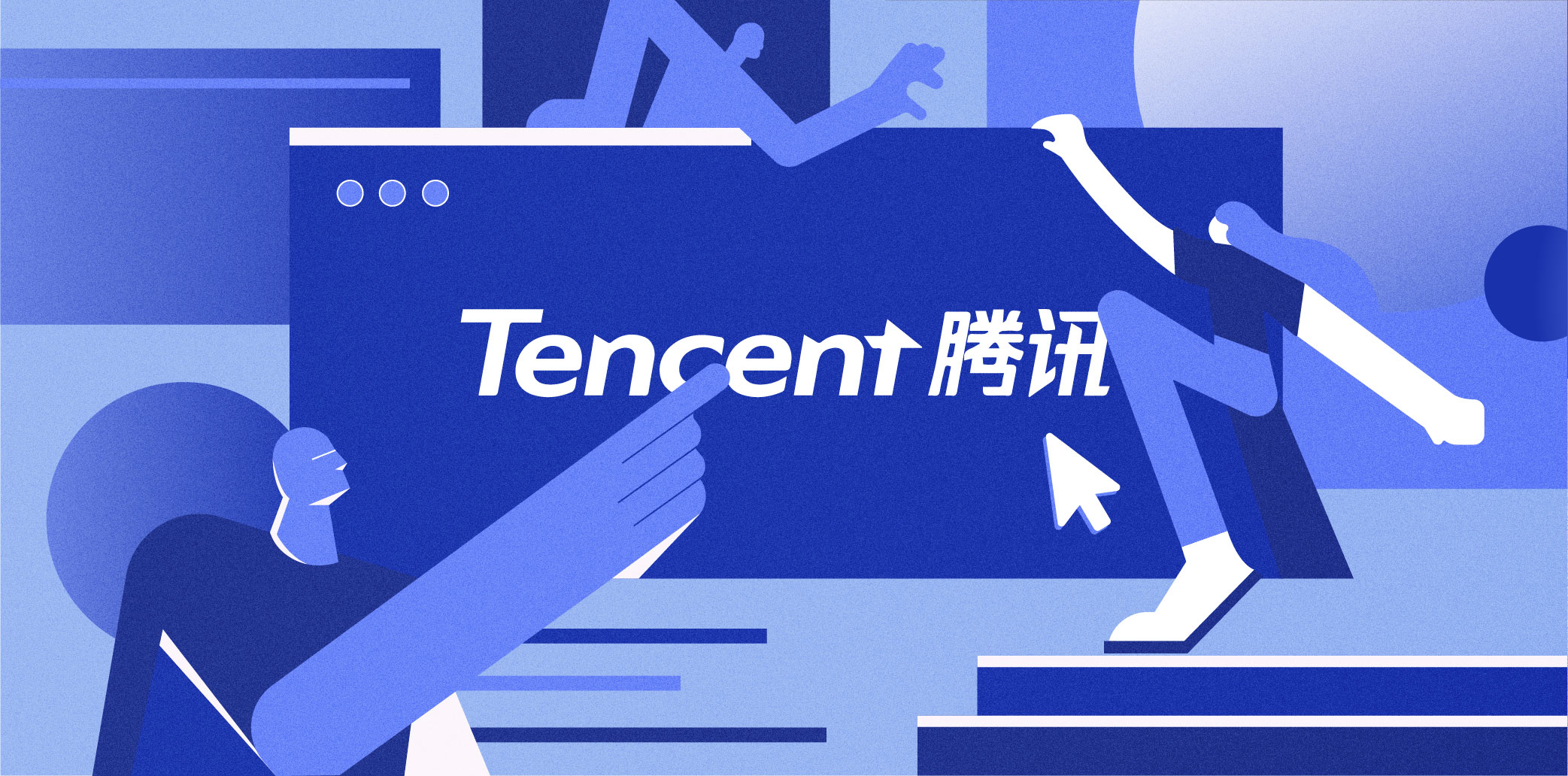Ximalaya’s swan song plays out in a USD 2.9 billion Tencent buyout
1 day ago
On June 10, Tencent Music Entertainment (TME) announced it had signed a merger agreement with Ximalaya and several other parties to acquire the long-form audio platform.
Under the terms of the deal, TME will pay USD 1.26 billion in cash and issue a number of Class A ordinary shares—equivalent to no more than 5.1986% of its total shares outstanding, based on the five trading days prior to closing—as well as incentive shares amounting to no more than 0.37% of total shares for Ximalaya’s founding shareholders. Altogether, the acquisition is valued at nearly USD 2.9 billion.
The transaction is subject to customary closing conditions, including antitrust clearance from China’s market regulators. Both parties will jointly proceed with the required regulatory steps.
According to 36Kr, both companies signed off on the deal at the board level on June 9. An official announcement was originally scheduled for 6:30 p.m. on June 10 but was later moved up.
To ensure a smooth transition, Ximalaya’s founder and core management team will remain in their roles following the agreement. TME and Ximalaya will collaborate on identifying the best path forward for business integration.
Rumors of a sale had been circulating as early as April, when it was reported that TME was offering USD 2.4 billion to acquire Ximalaya. The final price tag came close. Media reports also suggested that the two parties were in discussions as far back as 2022, though those talks failed to produce a deal.
TME reported a net profit of RMB 4.3 billion (USD 602 million) in the first quarter of 2025. By that measure, the Ximalaya acquisition represents nearly five quarters’ worth of profit, representing a costly endeavor by any metric.
And yet, it still marks a steep discount from Ximalaya’s peak valuation of USD 5 billion during its first IPO attempt in 2021. According to 36Kr, founder Yu Jianjun once envisioned a valuation as high as USD 10 billion.
Founded in 2012, Ximalaya rode a wave of explosive growth in China’s long-form audio market. Its expansive content ecosystem featuring audiobooks podcasts, and more helped it quickly amass a massive user base. By 2019, its total users surpassed 600 million, with 160 million monthly active users, making it the market leader.
Before filing for an IPO in the US, Ximalaya raised close to RMB 10 billion (USD 1.4 billion) over 12 funding rounds. Its cap table boasted heavyweights like Xiaomi, Baidu, General Atlantic, Goldman Sachs, and Tencent itself.
But behind the numbers was a long stretch of financial losses. According to its IPO prospectus, Ximalaya lost RMB 774 million (USD 108.3 million), RMB 773 million (USD 108.2 million), RMB 605 million (USD 84.7 million), RMB 718 million (USD 100.5 million), and RMB 296 million (USD 41.4 million) from 2018–2022, respectively, totaling RMB 3.166 billion (USD 443.2 million).
It wasn’t until 2023 that the company finally turned a profit, reporting net earnings of RMB 224 million (USD 31.4 million), thanks largely to aggressive cost-cutting, including layoffs, pay cuts, and reduced marketing spend.
That profit push began in August 2022, when Yu first communicated a detailed profitability roadmap to the entire staff, including the target of full-year profitability in 2023.
According to a LatePost report, someone familiar with the company said that the collapse of online grocer Missfresh left a lasting impression on Ximalaya’s leadership. “They saw it as a wake-up call,” the person said. “It’s dangerous to run a company that can’t reach profitability.”
Yet, just as it began to make money, Ximalaya’s revenue growth came to a standstill. From 2021–2023, the company posted revenues of RMB 5.856 billion (USD 819.8 million), RMB 6.061 billion (USD 848.5 million), and RMB 6.163 billion (USD 862.8 million), respectively, representing growth rates of 43.7%, 3.5%, and 1.7%.
Ximalaya’s income sources include subscriptions, ads, and live streaming. Subscription revenue growth fell from 49% in 2021 to just 3.49% in 2023. Advertising revenue slipped from RMB 1.488 billion (USD 208.3 million) to RMB 1.423 billion (USD 199.2 million) during the same period.
The company’s underwhelming financials weighed heavily on its IPO prospects. From April 2021–2024, Ximalaya made four separate attempts to go public, and they were all unsuccessful.
So why would TME still want to acquire a struggling platform like Ximalaya? The answer may lie in its own long-form audio ambitions.
Back in 2020, when Ximalaya was at its peak, TME launched a long-form audio strategy and released a new app, Kuwo Changting. Peng Jiaxin, CEO at the time, declared that long-form audio would be a strategic focus for TME moving forward, setting the stage for what became a full-on offensive against Ximalaya.
Tencent’s early tactics were blunt: it spent heavily to poach top talent from Ximalaya. Among those lured away by deep pockets were celebrity podcasters Cheng Yi and Rui Xi.
Competing wasn’t cheap. In the second quarter of 2020, TME’s sales and marketing expenses ballooned to RMB 579 million (USD 81.1 million), much of which went to promotions. By 2021, new CEO Liang Zhu merged Lanren Tingshu and Kuwo Changting into a unified platform dubbed Lanren Changting, just eight days after taking the helm.
Yet even after those moves, TME struggled to gather traction. Meanwhile, ByteDance was gaining ground fast. Its app Fanqie Changting converted Fanqie Novel’s text content into audio and attracted users with a free-to-listen model.
With Ximalaya now under its wing, TME stands to patch a major hole. The acquisition brings with it a rich catalog of podcasts, audiobooks, and premium learning content, plus access to Ximalaya’s 300 million monthly active users. That’s a huge advantage in a world where user acquisition costs are rising, especially amid growing competition from short-video platforms.
Ximalaya’s decline may have been shaped by internal missteps, such as its dual-CEO structure that led to muddled strategy, but it also reflects the difficult business model and mounting pressure from video-first content trends.
Whatever the cause, a decade after its founding, Ximalaya’s long journey seems to have found its final chapter. A sale, it turns out, was the best ending left.
KrASIA Connection features translated and adapted content that was originally published by 36Kr. This article was written by Li Xiaoxia for 36Kr.
...Read the fullstory
It's better on the More. News app
✅ It’s fast
✅ It’s easy to use
✅ It’s free









